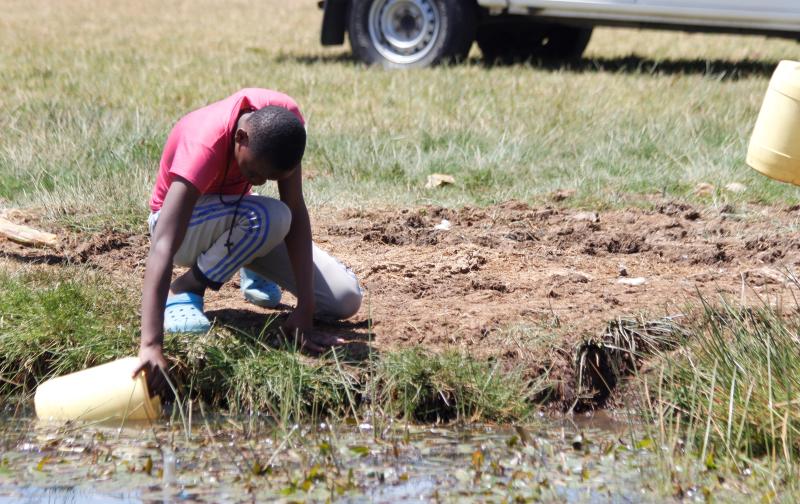×
The Standard e-Paper
Home To Bold Columnists

At 10am, birds of different colours and species peck grass and reeds while others swim in the little waters left at the Manguoswamp located in Limuru, along Nairobi-Naivasha highway.
But with little water, occupying less than quarter of the swamp, and plenty of human activities around it, experts now warn the swamp is in serious danger. This is the fate of the many of the remaining Kenyan swamps, most of them located close to urban centres, which are closing in on them.